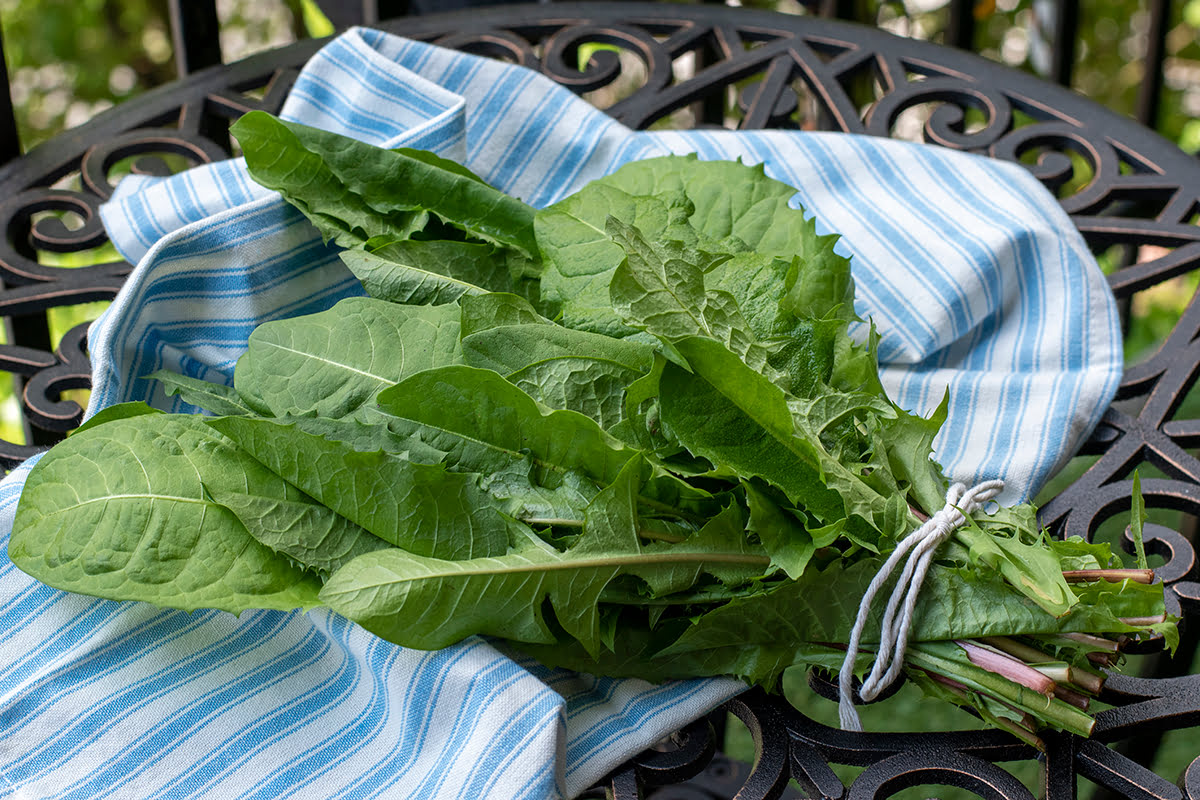

Articles
How To Store Dandelion Greens
Modified: October 21, 2024
Learn the best methods for storing dandelion greens and keeping them fresh with these helpful articles.
(Many of the links in this article redirect to a specific reviewed product. Your purchase of these products through affiliate links helps to generate commission for Storables.com, at no extra cost. Learn more)
Introduction:
Welcome to our comprehensive guide on how to store dandelion greens. Dandelion greens are not only tasty and nutritious but are also incredibly versatile in the kitchen. Whether you have an abundant supply of fresh dandelion greens from your garden or have purchased them from a local market or grocery store, it’s important to properly store them to maximize their shelf life and maintain their freshness.
Dandelion greens are packed with vitamins, minerals, and antioxidants. They are known for their bitter taste, which adds a unique flavor profile to salads, soups, stir-fries, and even smoothies. These greens are also used in herbal remedies for their potential health benefits such as liver support, digestion aid, and detoxification.
In this article, we will explore the various methods of storing dandelion greens to ensure they stay fresh and flavorful for as long as possible. Whether you plan to freeze, dry, or refrigerate your dandelion greens, we’ve got you covered with step-by-step instructions and helpful tips throughout the process.
So, let’s dive in and discover the best ways to store dandelion greens, so you can enjoy this nutritious and delicious ingredient whenever you desire.
Key Takeaways:
- Preserve the Nutritional Goodness
Properly store dandelion greens to retain their nutrients and unique flavor. Freezing, drying, or refrigerating allows year-round enjoyment in various culinary creations. - Versatile Storage Options
Explore freezing, drying, and refrigerating methods to store dandelion greens. Maximize freshness and flavor for extended use in soups, salads, and more.
Read more: How To Store Dandelions
Benefits of Dandelion Greens:
Dandelion greens are not just a common weed; they are a nutritional powerhouse with a wide range of health benefits. Here are some of the reasons why you should consider incorporating dandelion greens into your diet:
1. Packed with nutrients: Dandelion greens are loaded with essential vitamins and minerals, including vitamin A, vitamin C, vitamin K, calcium, iron, and potassium. These nutrients contribute to overall health and support vital bodily functions.
2. Rich in antioxidants: Dandelion greens are a rich source of antioxidants that help fight against free radicals and protect the body from oxidative stress. Antioxidants play a crucial role in maintaining cellular health and reducing the risk of chronic diseases.
3. Supports digestion: Dandelion greens have long been used as a natural remedy for digestive issues. They are known to stimulate bile production, improve liver function, and support healthy digestion. Consuming dandelion greens can aid in reducing bloating, indigestion, and constipation.
4. Natural detoxifier: Dandelion greens are considered a natural detoxifier for the body. They help cleanse the liver and kidneys, promoting the elimination of toxins and waste products. Regular consumption of dandelion greens may aid in detoxification and support overall liver health.
5. Improved bone health: Dandelion greens are a good source of calcium and vitamin K, both of which are essential for maintaining strong and healthy bones. Calcium supports bone density, while vitamin K aids in the absorption of calcium and plays a role in bone formation.
6. Supports immune function: Dandelion greens are packed with vitamin C, which is well-known for its immune-boosting properties. Including dandelion greens in your diet can help strengthen the immune system and protect against common illnesses and infections.
7. Weight management: Dandelion greens are low in calories and high in fiber, making them an excellent choice for weight management. The fiber content helps promote feelings of fullness, reducing overall calorie intake and supporting healthy digestion.
8. Anti-inflammatory properties: Dandelion greens contain various compounds with anti-inflammatory properties. Consumption of dandelion greens may help reduce inflammation in the body, which is linked to numerous chronic diseases such as heart disease and arthritis.
With their impressive nutritional profile and health benefits, dandelion greens are a fantastic addition to a balanced and healthy diet. Now that we know about the benefits, let’s move on to the next step – harvesting and gathering fresh dandelion greens for storage.
Harvesting Dandelion Greens:
Before storing dandelion greens, it’s essential to gather them properly to ensure their freshness and quality. Here’s a step-by-step guide on how to harvest dandelion greens:
1. Choose the right time: Dandelion greens are best harvested in the early spring or late fall when they are young and tender. Avoid harvesting them during hot summer months, as they tend to become bitter and tough.
2. Identify the right dandelion plants: Look for dandelion plants that are healthy, vibrant, and free from disease or pests. Choose plants with fresh-looking leaves and avoid those that show signs of wilting or discoloration.
3. Use clean tools: Ensure that your harvesting tools, such as scissors or garden shears, are clean and sanitized to prevent the spread of bacteria or contaminants to the greens.
4. Harvest the leaves: Carefully snip off the outer leaves of the dandelion plant, leaving the inner leaves and the root intact. Aim to harvest the younger, tender leaves from the center of the plant as they are more flavorful.
5. Leave some leaves on the plant: Remember to leave some leaves behind to allow the plant to regrow and continue producing greens throughout the growing season.
6. Avoid harvesting near roads or polluted areas: Ensure that the dandelion greens you harvest are from areas free from pollutants, pesticides, or other harmful substances. Avoid areas near roadsides or places where chemicals might have been used.
7. Wash the greens: Once you’ve harvested your dandelion greens, it’s crucial to clean them thoroughly before storage. Proceed to the next section to learn how to clean dandelion greens properly.
Now that you have gathered fresh dandelion greens, it’s time to move on to the next step – cleaning them to remove any dirt or impurities.
Cleaning Dandelion Greens:
Properly cleaning dandelion greens is vital to eliminate any dirt, insects, or chemical residues that may be present. Follow these steps to ensure your dandelion greens are clean and ready for storage:
1. Separate the leaves: Start by separating the leaves from the stems of the dandelion greens. Discard any thick or tough stems and focus on the tender leaves.
2. Fill a large bowl with water: Fill a clean sink or a large bowl with cool water. Make sure there is enough water to submerge the dandelion greens fully.
3. Soak the greens: Place the dandelion greens in the water and let them soak for a few minutes. This helps loosen any debris or dirt attached to the leaves.
4. Gently agitate the water: Use your hands to gently agitate the water, swishing the dandelion greens around. This helps dislodge any dirt or insects clinging to the leaves.
5. Inspect for any impurities: Carefully examine the leaves for any remaining dirt, insects, or damaged portions. Remove and discard any leaves that are discolored, wilted, or have visible signs of pests.
6. Rinse the greens: Drain the water and rinse the dandelion greens under cool running water. Be thorough in rinsing off any residual dirt or debris.
7. Pat dry: After rinsing, gently pat the dandelion greens dry using paper towels or a clean kitchen towel. Avoid rubbing the leaves vigorously to prevent bruising.
8. Allow the greens to air dry: If you have time, you can spread the dandelion greens on a clean kitchen towel or a drying rack to air dry for a short period. This helps remove excess moisture, ensuring the greens don’t become soggy during storage.
Now that your dandelion greens are clean and dry, it’s time to move on to the different storage methods available. In the following sections, we will explore how to store dandelion greens by freezing, drying, and refrigerating them.
Storing Dandelion Greens:
Once you have harvested and cleaned your dandelion greens, it’s essential to store them properly to maintain their freshness and flavor. Here are three common methods for storing dandelion greens: freezing, drying, and refrigerating.
Read more: How To Store Dandelion Flowers
Freezing Dandelion Greens:
Freezing is an excellent option for preserving dandelion greens if you want to enjoy them for an extended period. Follow these steps to freeze dandelion greens:
1. Blanch the greens: Bring a pot of water to a boil and blanch the dandelion greens for 2-3 minutes. This helps retain their color, texture, and nutrients.
2. Cool in ice water: Immediately transfer the blanched greens to a bowl of ice water to stop the cooking process and preserve their vibrant green color.
3. Drain and dry: Drain the cooled greens and gently pat them dry with a clean kitchen towel or paper towels.
4. Package for freezing: Divide the dandelion greens into portion sizes that you would typically use. Place the greens in freezer-safe bags or containers, ensuring to remove as much air as possible before sealing.
5. Label and freeze: Label the bags or containers with the date and place them in the freezer. Dandelion greens can be stored in the freezer for up to 8-12 months.
Drying Dandelion Greens:
Drying dandelion greens is an excellent option if you prefer to store them for a longer duration without the need for freezing. Here’s how to dry dandelion greens:
1. Air drying: Tie a bunch of cleaned and dry dandelion greens together at the stem using twine or a rubber band. Hang them upside down in a well-ventilated area away from direct sunlight. Leave them to air dry until the leaves are crispy and brittle, which usually takes about 1-2 weeks.
2. Dehydrator: If you have a food dehydrator, spread the dandelion greens in a single layer on the dehydrator trays. Follow the manufacturer’s instructions to dry the greens until they are completely crisp.
3. Storage: Once the dandelion greens are fully dried, crumble them into smaller pieces and store them in airtight containers or glass jars. Keep the containers in a cool, dark place away from moisture and sunlight. Dried dandelion greens can be stored for up to 6-12 months.
Refrigerating Dandelion Greens:
If you plan to use your dandelion greens within a few days, refrigeration is the best option. Here’s how to store dandelion greens in the refrigerator:
1. Moisture control: Wrap the cleaned and dry dandelion greens in damp paper towels or place them inside a perforated plastic bag. This helps retain moisture and prevents the greens from drying out.
2. Storage container: Place the wrapped dandelion greens in airtight containers or resealable plastic bags. Make sure to remove any excess air before sealing.
3. Refrigerator temperature: Store the dandelion greens in the refrigerator’s crisper drawer, which provides a slightly higher humidity level. Set the refrigerator temperature between 32-36°F (0-2°C) to maintain optimum freshness.
By following these storage methods, you can enjoy the freshness and flavor of dandelion greens even after an extended period. Keep in mind that the specific duration of storage may vary depending on the freshness of the greens and the accuracy of your storage conditions.
Tips for Storing Dandelion Greens:
Here are a few additional tips to help you store dandelion greens successfully:
– Always use fresh and high-quality dandelion greens for storage.
– Avoid washing the greens until you are ready to use them to prevent moisture buildup and spoilage.
– Label your storage containers with the date to keep track of freshness.
– If using frozen dandelion greens in recipes, there is no need to thaw them. Add them directly to your dishes while cooking.
Now that you’re equipped with the knowledge of storing dandelion greens, you can enjoy their nutritional benefits all year round. Experiment with different storage methods and discover which one works best for your needs.
Remember to handle dandelion greens with care to preserve their delicate flavor and maximize their shelf life. Enjoy the versatility of dandelion greens in various culinary creations, from salads and soups to stir-fries and smoothies.
Read more: How To Store Mixed Greens
Freezing Dandelion Greens:
Freezing dandelion greens is a great way to preserve their freshness and nutritional benefits for an extended period. Here’s a step-by-step guide on how to freeze dandelion greens:
1. Blanch the greens: Start by blanching the dandelion greens to preserve their color, texture, and flavor. Bring a large pot of water to a boil and add the greens in small batches. Blanch them for about 2-3 minutes.
2. Cool in ice water: Once the blanching time is up, quickly remove the greens from the boiling water and transfer them to a bowl filled with ice water. This will stop the cooking process and help retain their vibrant green color.
3. Drain and dry: Drain the blanched greens and pat them dry using a clean kitchen towel or paper towels. Removing excess moisture will prevent ice crystals from forming during freezing, ensuring the greens maintain their quality.
4. Portion and package: Divide the dandelion greens into portion sizes that you would typically use for recipes. Place them in freezer-safe bags or airtight containers, leaving some headspace to account for expansion during freezing.
5. Remove air and seal: Squeeze out as much air as possible from the bags or containers before sealing them tightly. This will help minimize freezer burn and maintain the quality of the greens.
6. Label and date: Don’t forget to label the bags or containers with the date of freezing. This will help you keep track of their freshness and ensure you use them within the recommended timeframe.
7. Freeze: Place the sealed bags or containers in the freezer, ensuring they are placed in a single layer initially. Once they are fully frozen, you can rearrange them for better storage space utilization.
When properly stored, frozen dandelion greens can last for about 8-12 months. However, it’s best to use them within 3-6 months to maintain their quality and flavor.
When you’re ready to use the frozen dandelion greens, there’s no need to defrost them. You can add them directly to your recipes, soups, stews, or stir-fries, allowing them to thaw and cook along with the other ingredients. Keep in mind that frozen dandelion greens may become a bit softer compared to fresh ones, but their nutritional value should remain intact.
Freezing dandelion greens is an excellent way to enjoy their benefits even when they are out of season or not readily available. Now you can stock up on this nutritious ingredient and have them conveniently on hand for all your flavorful culinary creations.
Drying Dandelion Greens:
Drying dandelion greens is a fantastic method for preserving them for long-term storage. Here’s a step-by-step guide on how to dry dandelion greens:
1. Prepare the greens: Start by thoroughly washing the dandelion greens to remove any dirt or debris. Pat them dry using a clean kitchen towel or paper towels.
2. Remove the tough stems: Trim off the tough stems from the dandelion greens, leaving only the tender leaves. Discard any wilted or damaged leaves as well.
3. Air drying method: Gather the prepared dandelion greens into small bouquets and tie them together at the stem using kitchen twine or rubber bands. Hang these bouquets upside down in a well-ventilated area away from direct sunlight. Make sure to spread them out to allow air circulation.
4. Dehydrator method: If you have a food dehydrator, you can spread the cleaned dandelion greens in a single layer on the dehydrator trays. Set the temperature to around 95°F (35°C) and allow them to dry for several hours, depending on the thickness of the leaves.
5. Achieve complete dryness: Regardless of the drying method, the dandelion greens should be completely dry and crisp before storing them. This will ensure their long shelf life and retain their flavors and nutrients.
6. Store the dried greens: Once the dandelion greens are thoroughly dried, remove the leaves from the stems and crumble them into smaller pieces. Store the dried leaves in airtight containers, glass jars, or resealable bags. Make sure the containers are tightly sealed to prevent moisture from entering.
7. Choose a suitable storage location: Place the containers in a cool, dry, and dark area, away from sunlight and moisture. This will help maintain the quality of the dried dandelion greens for an extended period.
Dried dandelion greens can be stored for up to 6-12 months when properly dried and stored. However, do remember to check for any signs of spoilage or loss of flavor before using them in recipes.
When you’re ready to use the dried dandelion greens, you can simply rehydrate them by soaking them in water for a few minutes. Once they have softened, you can incorporate them into soups, stews, salads, or other dishes of your choice.
Drying dandelion greens is not only a practical way to preserve their nutritional value and distinctive flavor but also provides you with a versatile ingredient that can be used throughout the year, even when fresh dandelion greens are not readily available.
Store dandelion greens in a plastic bag in the refrigerator, removing as much air as possible. They will stay fresh for up to 5 days.
Refrigerating Dandelion Greens:
If you plan to use your dandelion greens within a few days, refrigeration is the best storage option to maintain their freshness. Here’s a simple guide on how to store dandelion greens in the refrigerator:
1. Prep the greens: Begin by washing the dandelion greens under cool running water to remove any dirt or impurities. Gently pat them dry using a clean kitchen towel or paper towels.
2. Moisture control: Wrap the washed and dry dandelion greens in slightly damp paper towels. This helps to maintain their moisture and prevent wilting.
3. Storage container: Place the wrapped dandelion greens in a perforated plastic bag or a loosely closed plastic bag. The perforations or loose closure will allow some airflow and prevent the greens from becoming slimy.
4. Crisper drawer: Store the bagged dandelion greens in the crisper drawer of your refrigerator. This drawer is designed to maintain higher humidity levels, which helps to keep the greens fresh for a longer time.
5. Optimal temperature: Set your refrigerator temperature between 32-36°F (0-2°C) to keep the dandelion greens crisp and slow down any wilting.
6. Proper placement: Make sure to keep the bag of dandelion greens away from strong-smelling foods, such as onions or garlic. This will prevent any unwanted flavors from affecting the greens.
7. Check and use within a few days: Occasionally check the dandelion greens for any signs of wilting or spoilage. Use them within 3-5 days to ensure optimum freshness and flavor.
Refrigerating dandelion greens is a convenient storage method, allowing you to enjoy their nutritional benefits over a short period. Remember to handle them gently and check for any signs of decay or wilting before use.
Refrigerated dandelion greens can be used in a variety of dishes, including salads, sandwiches, stir-fries, or even as a topping for pizzas. Their slightly bitter taste adds a unique flavor profile to any meal.
By following these simple steps, you can keep your dandelion greens fresh and ready to use, allowing you to incorporate their nutritional goodness into your meals whenever you desire.
Tips for Storing Dandelion Greens:
Proper storage is essential to maintain the freshness and quality of dandelion greens for an extended period. Here are some helpful tips to ensure successful storage:
1. Choose fresh greens: Select dandelion greens that are fresh, vibrant, and free from any signs of wilting or damage. The quality of the greens at the time of purchase or harvest will determine their shelf life.
2. Avoid moisture: Excess moisture can cause dandelion greens to wilt or become slimy quickly. Make sure the greens are dry before storing them to prevent spoilage. Avoid washing them until you are ready to use them to maintain their freshness for longer.
3. Storage containers: Use airtight containers, resealable plastic bags, or glass jars for storing dandelion greens. Ensure that the containers are clean and dry before adding the greens to prevent contamination or moisture buildup.
4. Remove excess air: When using bags for storage, squeeze out as much excess air as possible before sealing. This will help prevent freezer burn and maintain the quality of frozen greens.
5. Date and label: Always label your containers or bags with the date of storage. This way, you can easily keep track of the freshness and rotate your supply accordingly.
6. Storage temperature: Dandelion greens are sensitive to temperature fluctuations. Store them in the crisper drawer of your refrigerator, which provides a slightly higher humidity level and a more stable temperature.
7. Avoid cross-contamination: Store dandelion greens away from strong-smelling foods to prevent them from absorbing unwanted odors. Onions, garlic, and other strong-smelling produce should be stored separately.
8. Regularly check for freshness: Periodically inspect the stored dandelion greens for any signs of wilting, browning, or spoilage. Remove any damaged leaves to prevent the spread of spoilage and maintain the quality of the remaining greens.
9. Utilize within recommended timeframes: For optimal flavor and nutritional value, try to use frozen dandelion greens within 8-12 months, dried greens within 6-12 months, and refrigerated greens within 3-5 days.
10. Experiment with different storage methods: Don’t be afraid to try different storage methods to find what works best for your needs and preferences. You can freeze, dry, or refrigerate dandelion greens based on your usage and the duration you’re aiming to store them for.
Following these tips will help extend the shelf life of your dandelion greens and allow you to enjoy their nutritional benefits and unique flavor in various dishes for a longer period.
Remember, proper storage practices are crucial for maintaining the quality and freshness of dandelion greens, preserving their nutritional value, and enhancing your culinary experience.
Read more: How To Store Green Apples
Conclusion:
Storing dandelion greens properly ensures that you can enjoy their nutritional benefits and unique flavor all year round. Whether you choose to freeze, dry, or refrigerate these versatile greens, following the right techniques will help maintain their freshness and quality for an extended period.
Freezing dandelion greens is an excellent option for long-term storage. Blanching the greens before freezing helps retain their color and texture, ensuring they remain vibrant and tasty when you’re ready to use them. Frozen dandelion greens can be conveniently added to soups, stews, or stir-fries straight from the freezer.
Drying dandelion greens allows you to preserve them for an extended period without the need for freezer space. Air drying or using a dehydrator helps remove moisture, resulting in crispy greens that can be rehydrated when needed. Dried dandelion greens can be crumbled and added to various recipes for a burst of flavor and nutrition.
Refrigeration is the simplest option when you plan to use dandelion greens within a few days. Properly storing them in the crisper drawer of your refrigerator helps maintain their crispness and slows down wilting. Refrigerated dandelion greens can be incorporated into salads, sandwiches, or cooked dishes for a delightful and nutritious addition.
Remember to follow additional tips such as selecting fresh greens, avoiding excess moisture, using appropriate storage containers, and checking for freshness regularly to ensure the best results. Labeling and dating your storage containers will help you stay organized and use the greens within their recommended timeframes.
Whether you’re growing your own dandelion greens or buying them from local markets, proper storage techniques are essential for maximizing their shelf life and ensuring they remain flavorsome and nutritious. With a little effort and attention, you can enjoy the benefits of dandelion greens throughout the year.
So, go ahead and start implementing these storage methods and tips to make the most of your dandelion greens. Experiment with different recipes and techniques to explore the versatility of this humble yet remarkable ingredient.
Happy storing and savoring the goodness of dandelion greens!
Frequently Asked Questions about How To Store Dandelion Greens
Was this page helpful?
At Storables.com, we guarantee accurate and reliable information. Our content, validated by Expert Board Contributors, is crafted following stringent Editorial Policies. We're committed to providing you with well-researched, expert-backed insights for all your informational needs.
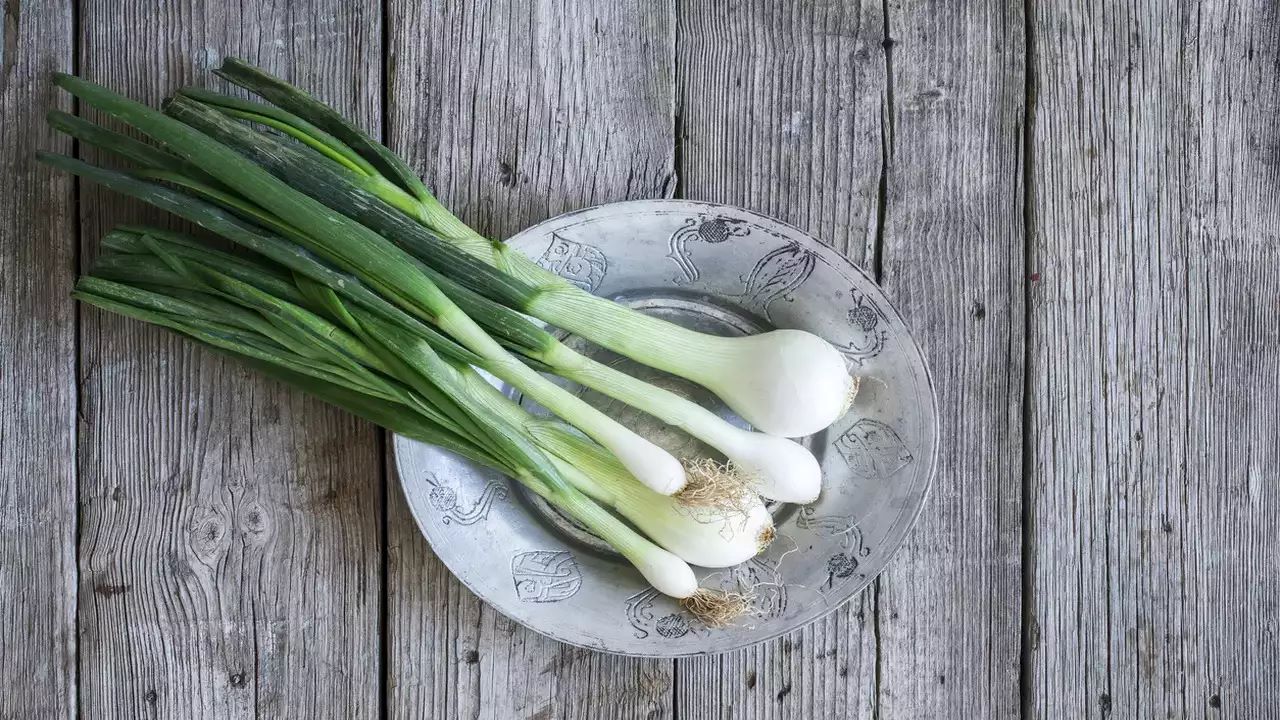
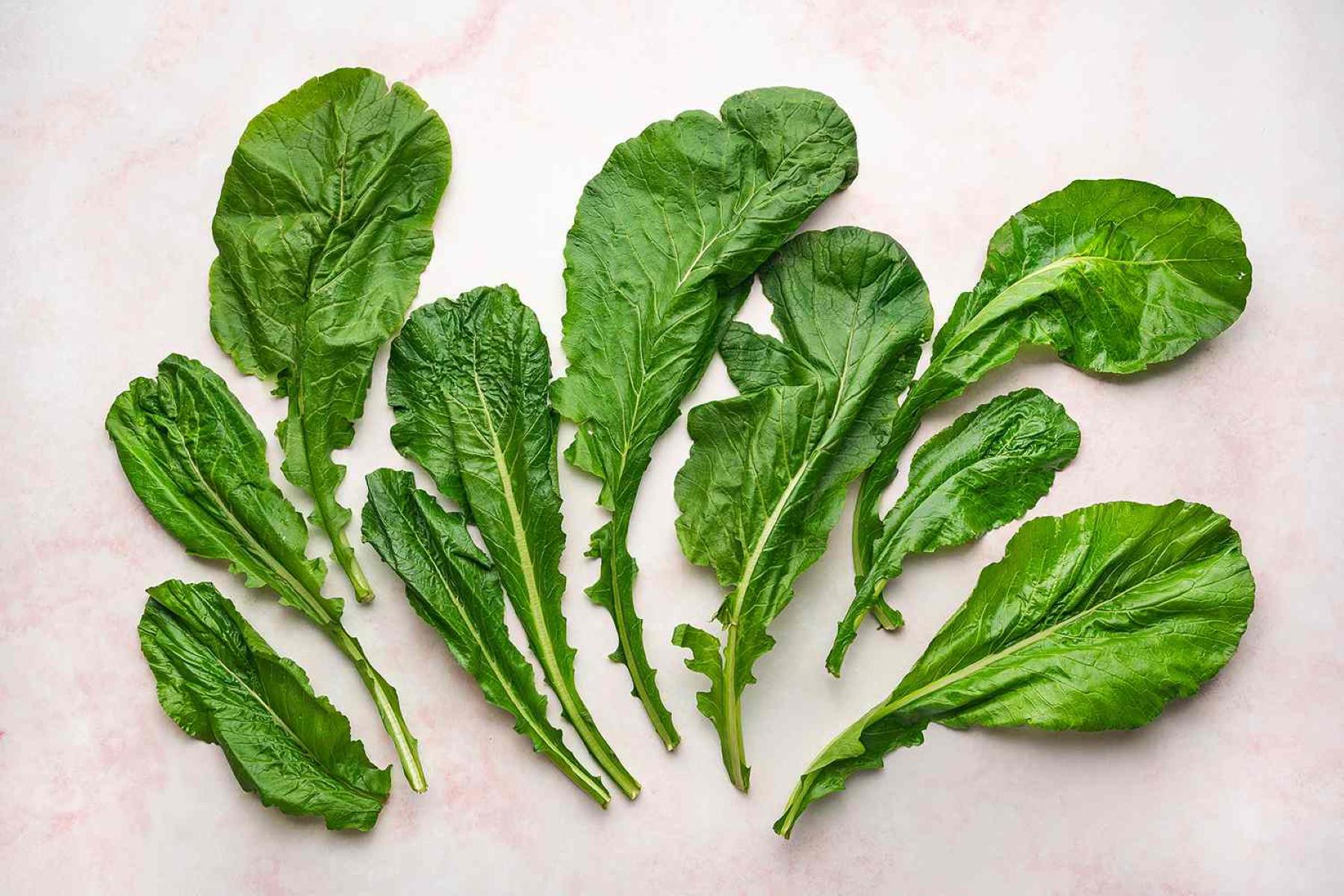
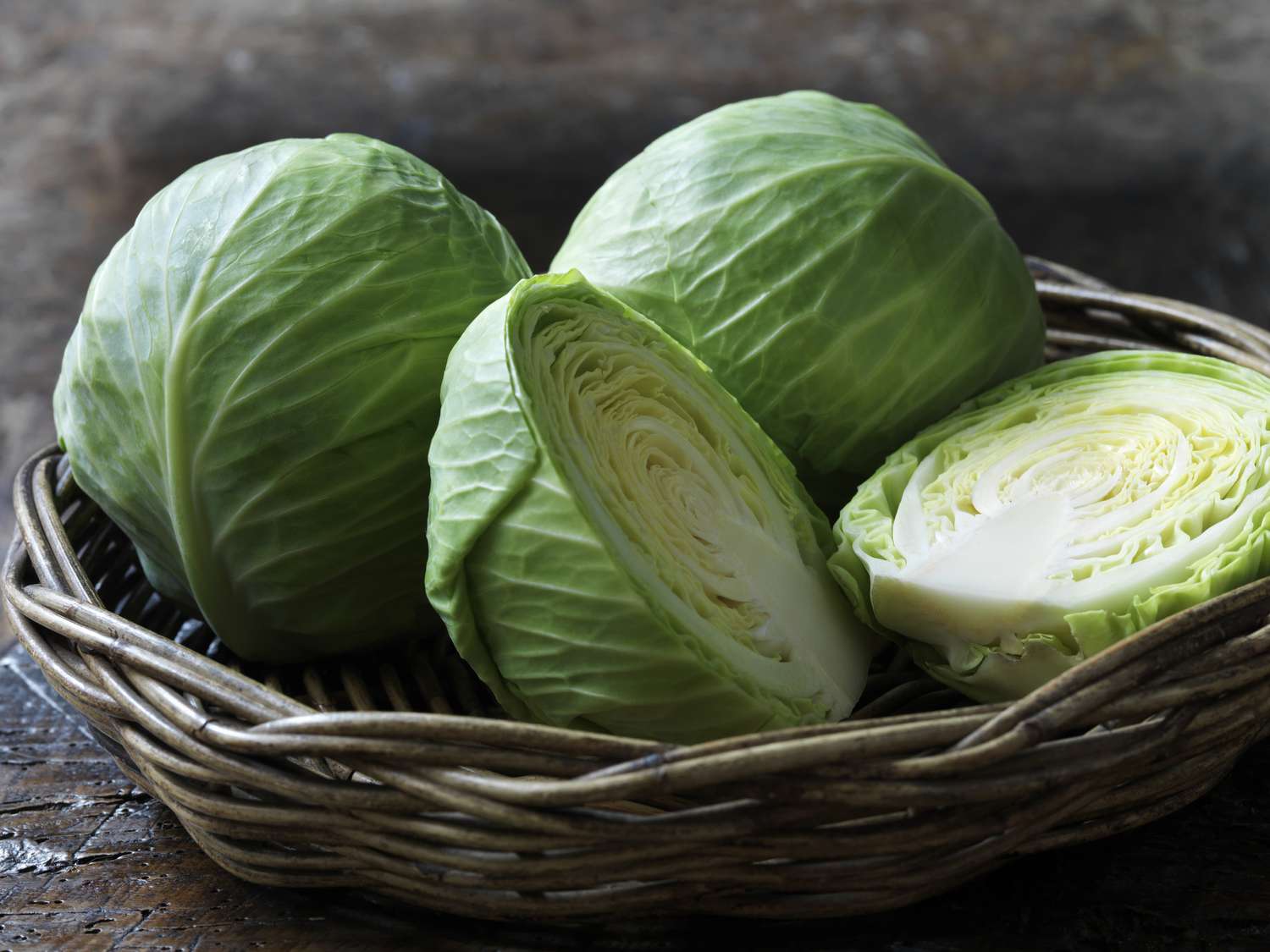
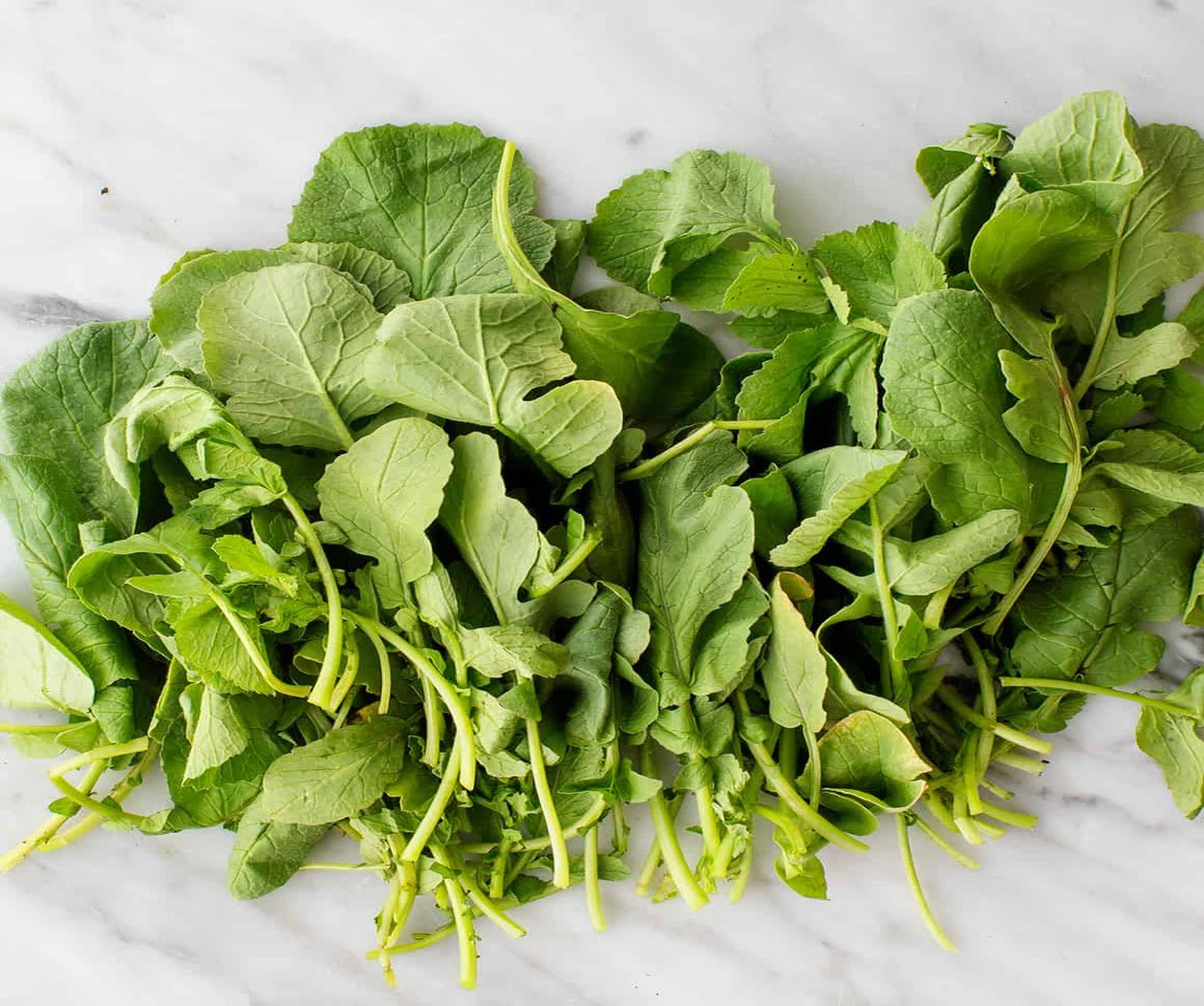
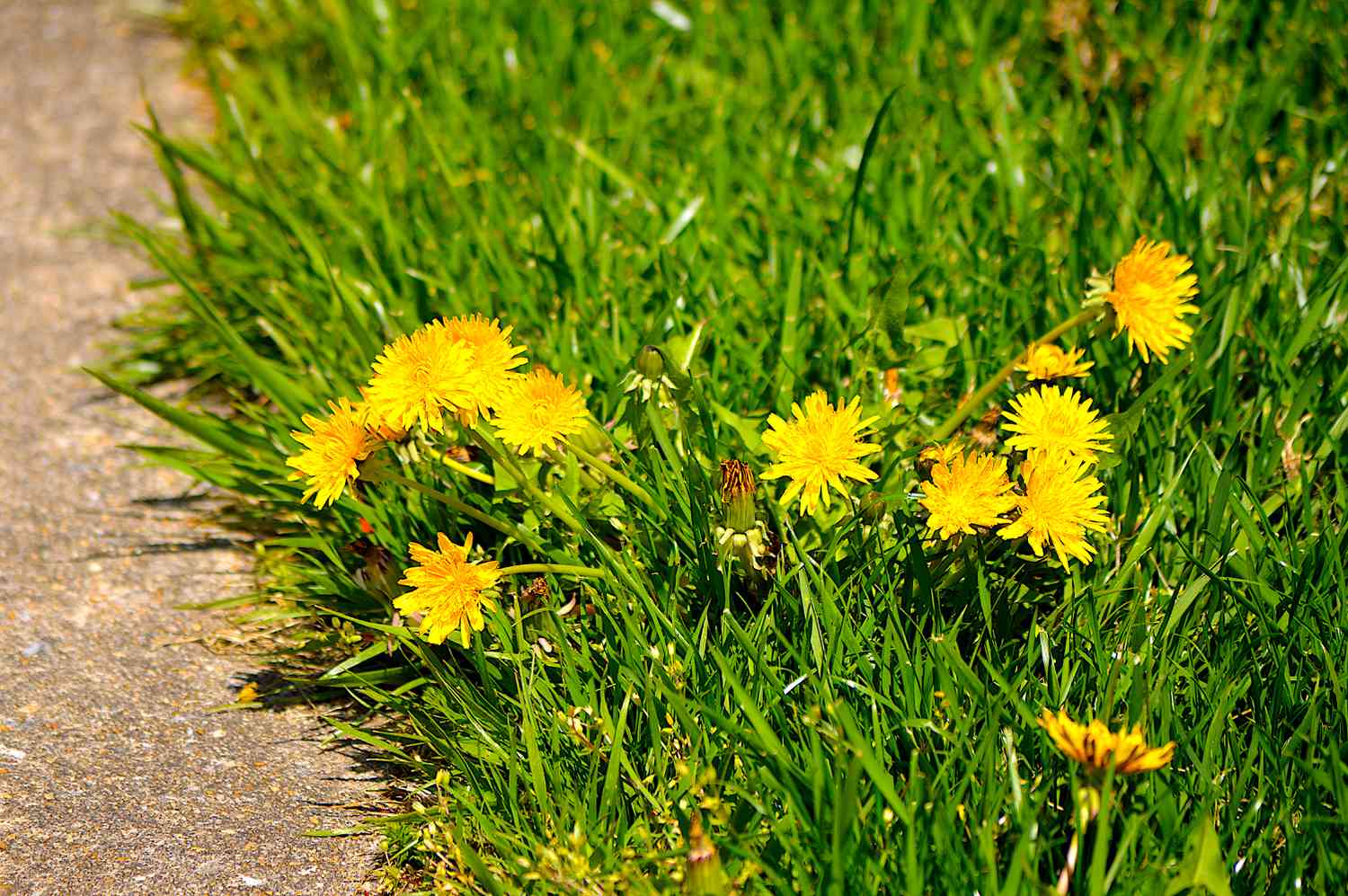
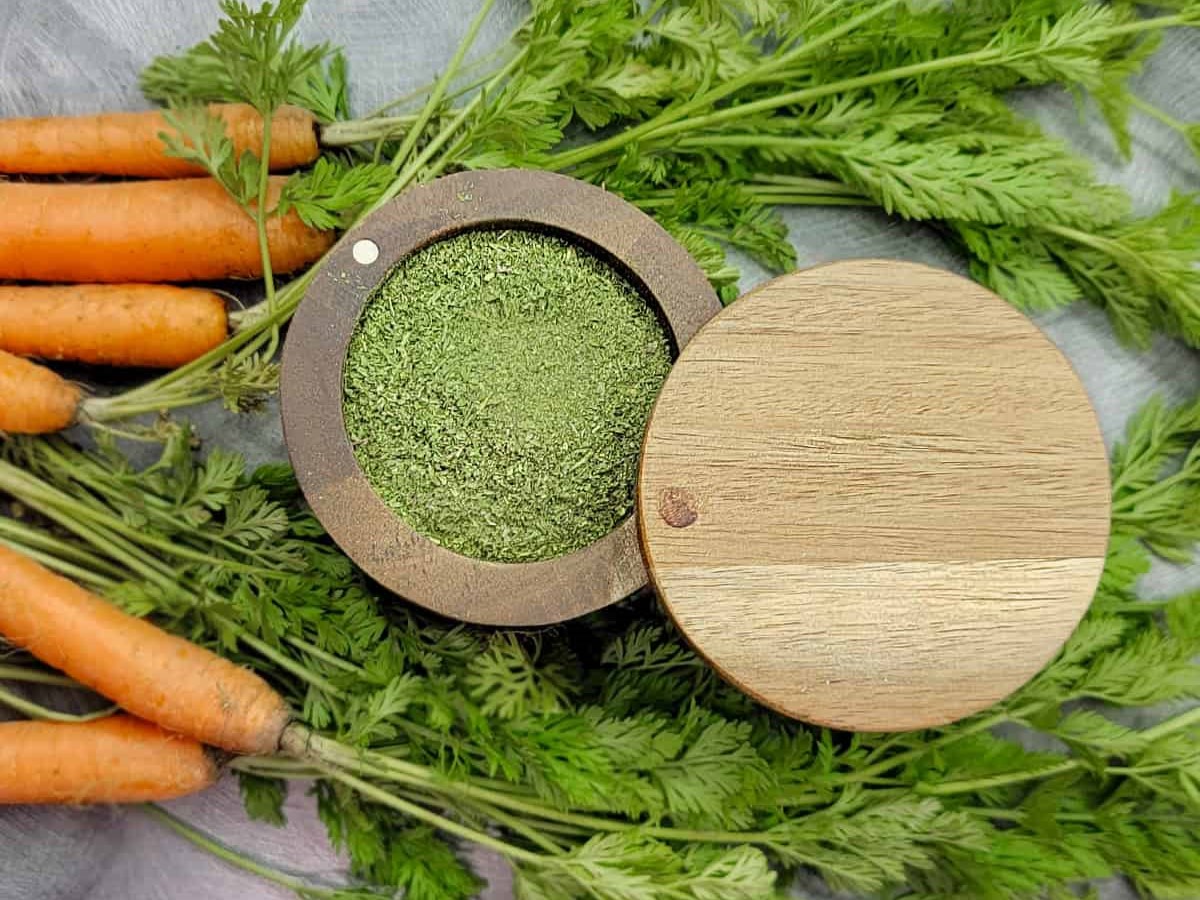
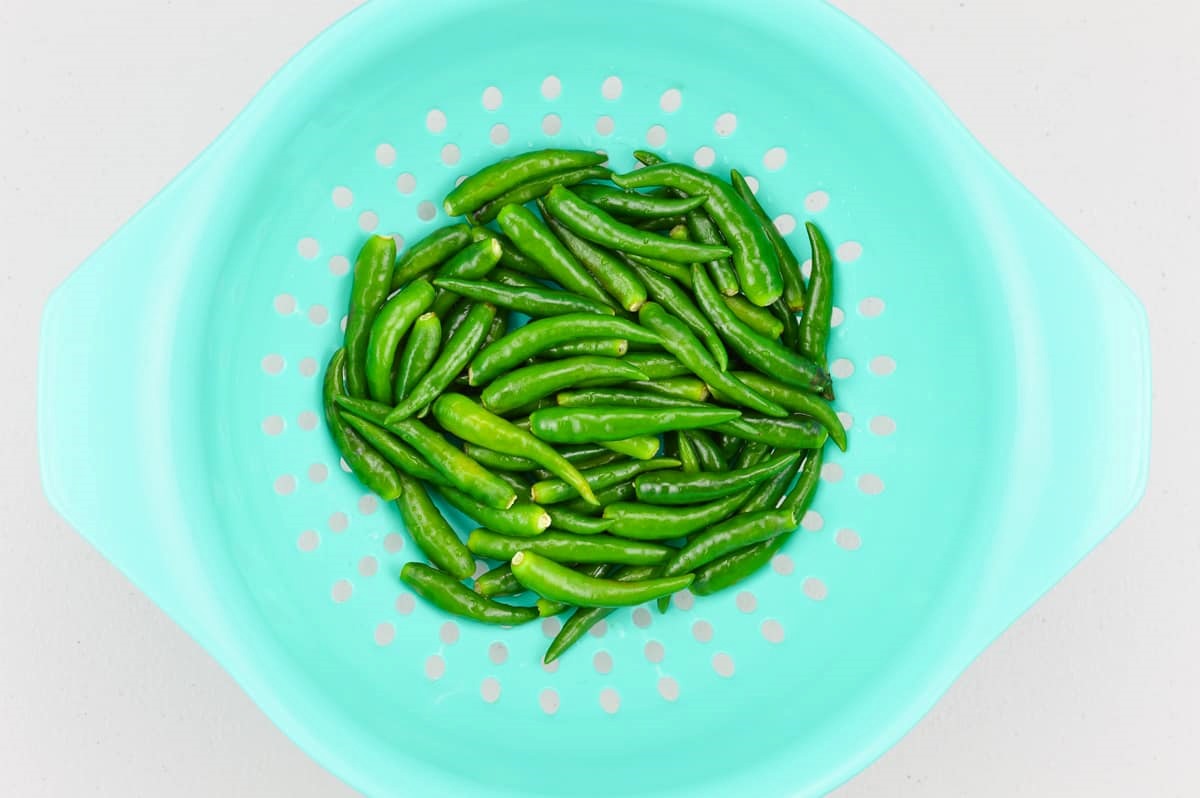
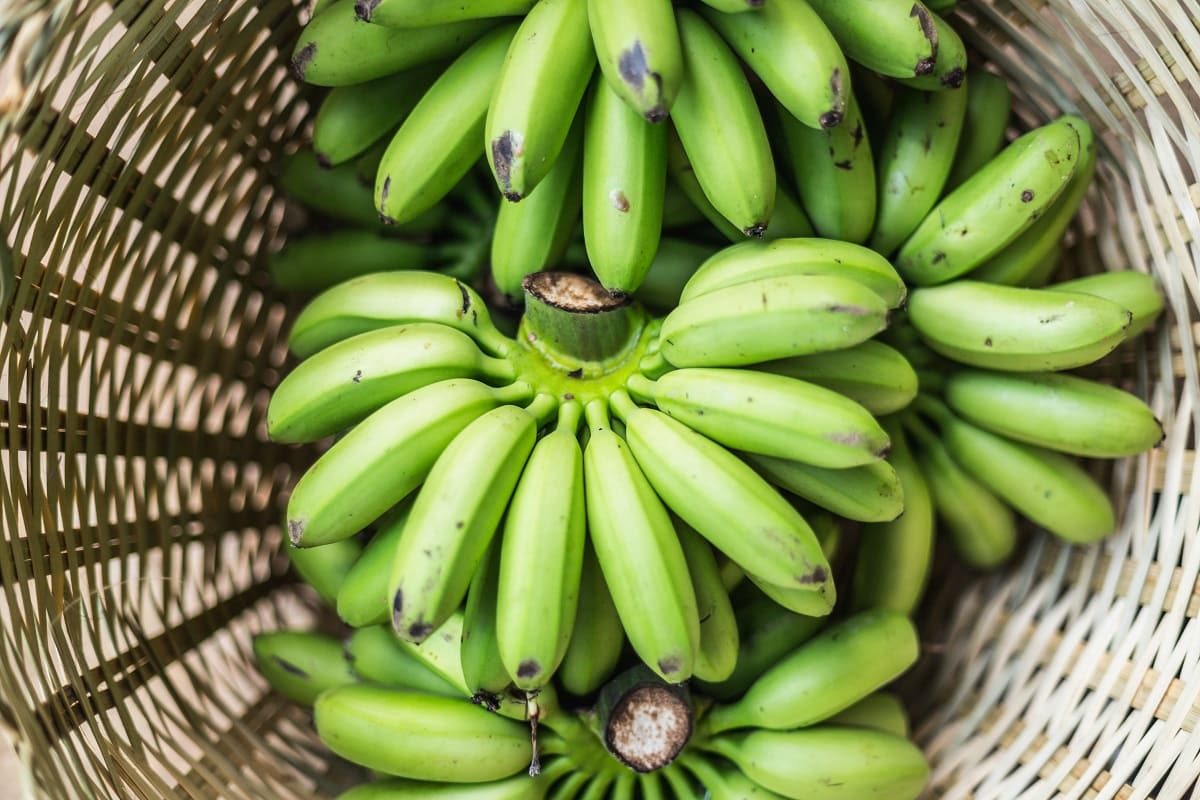
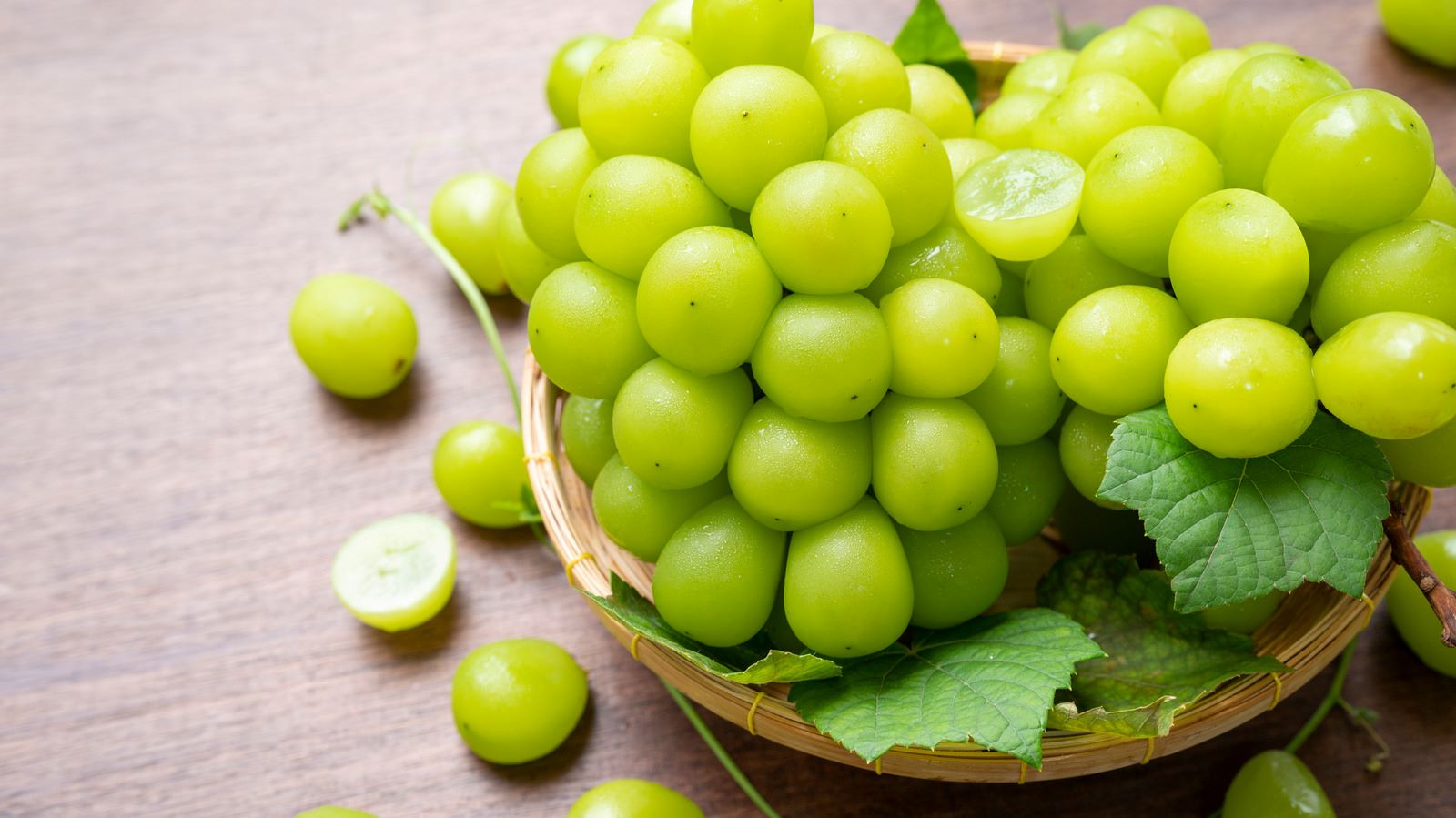
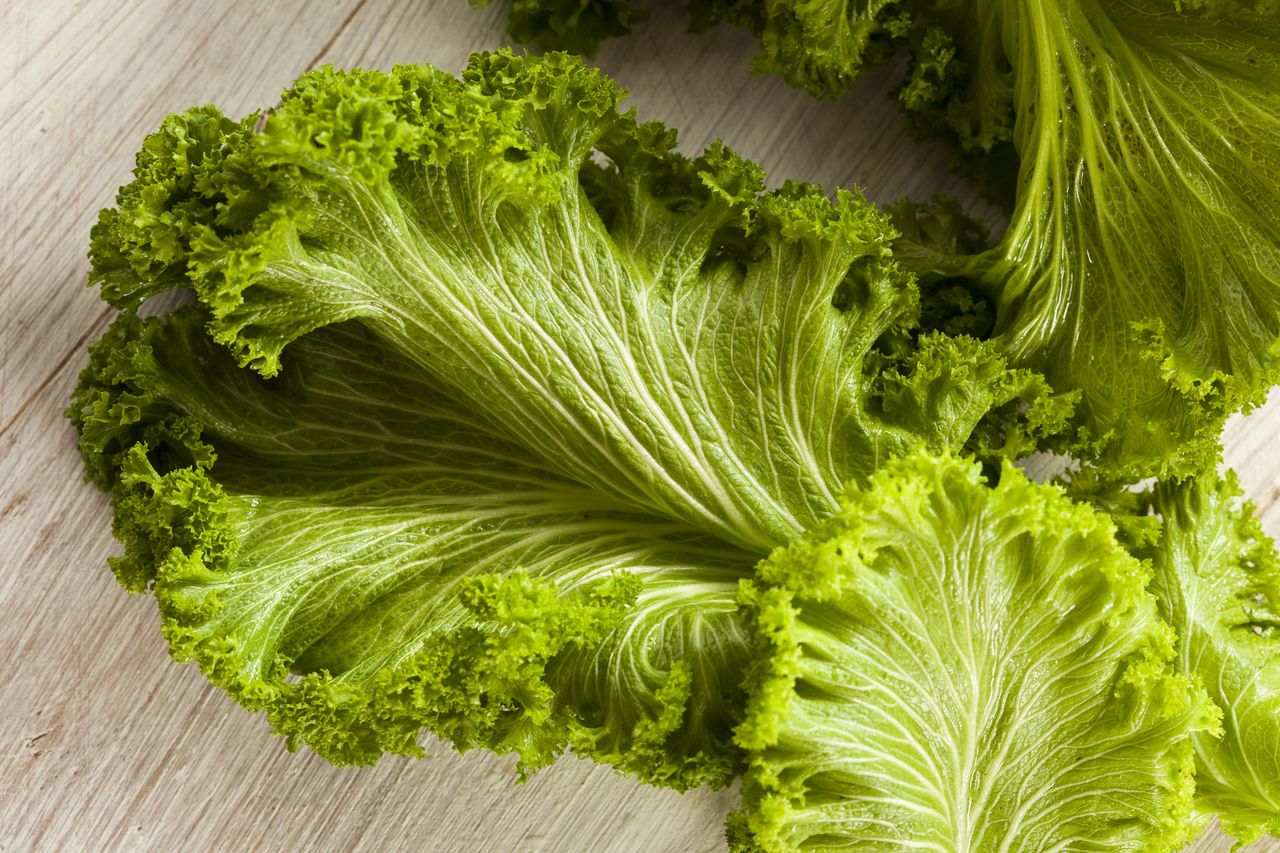
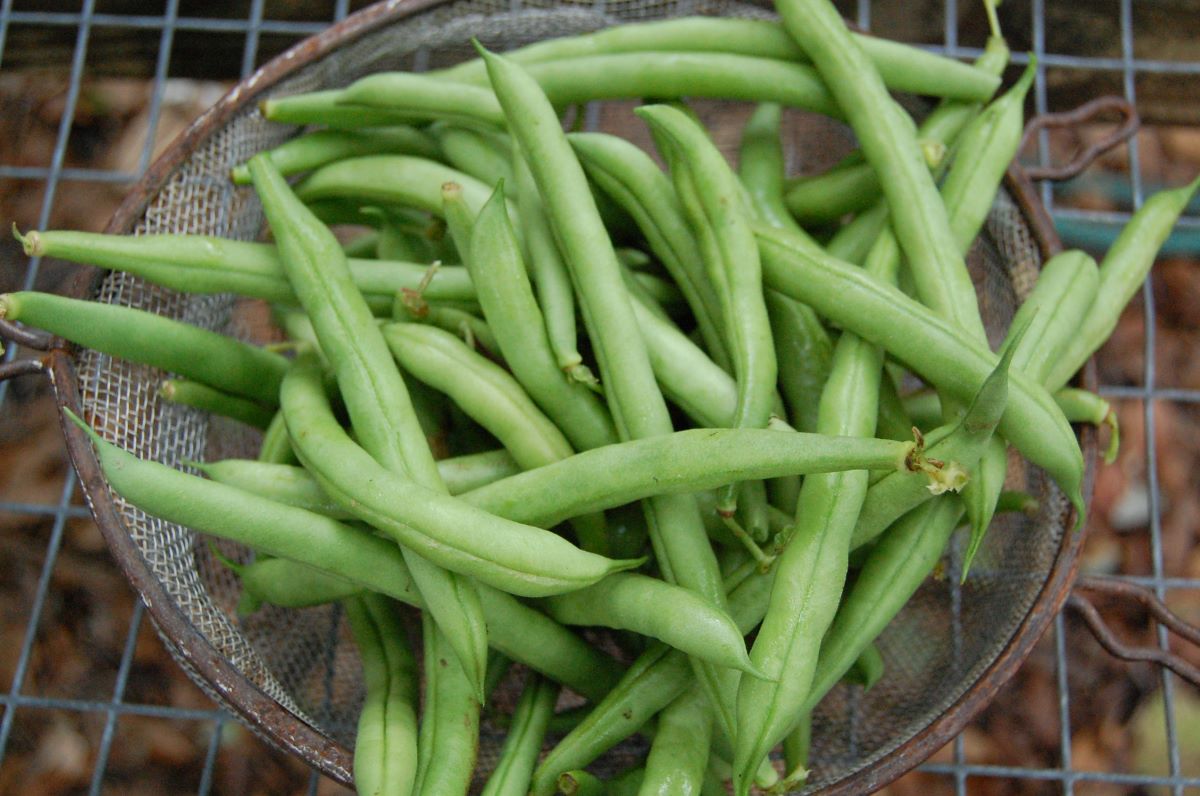
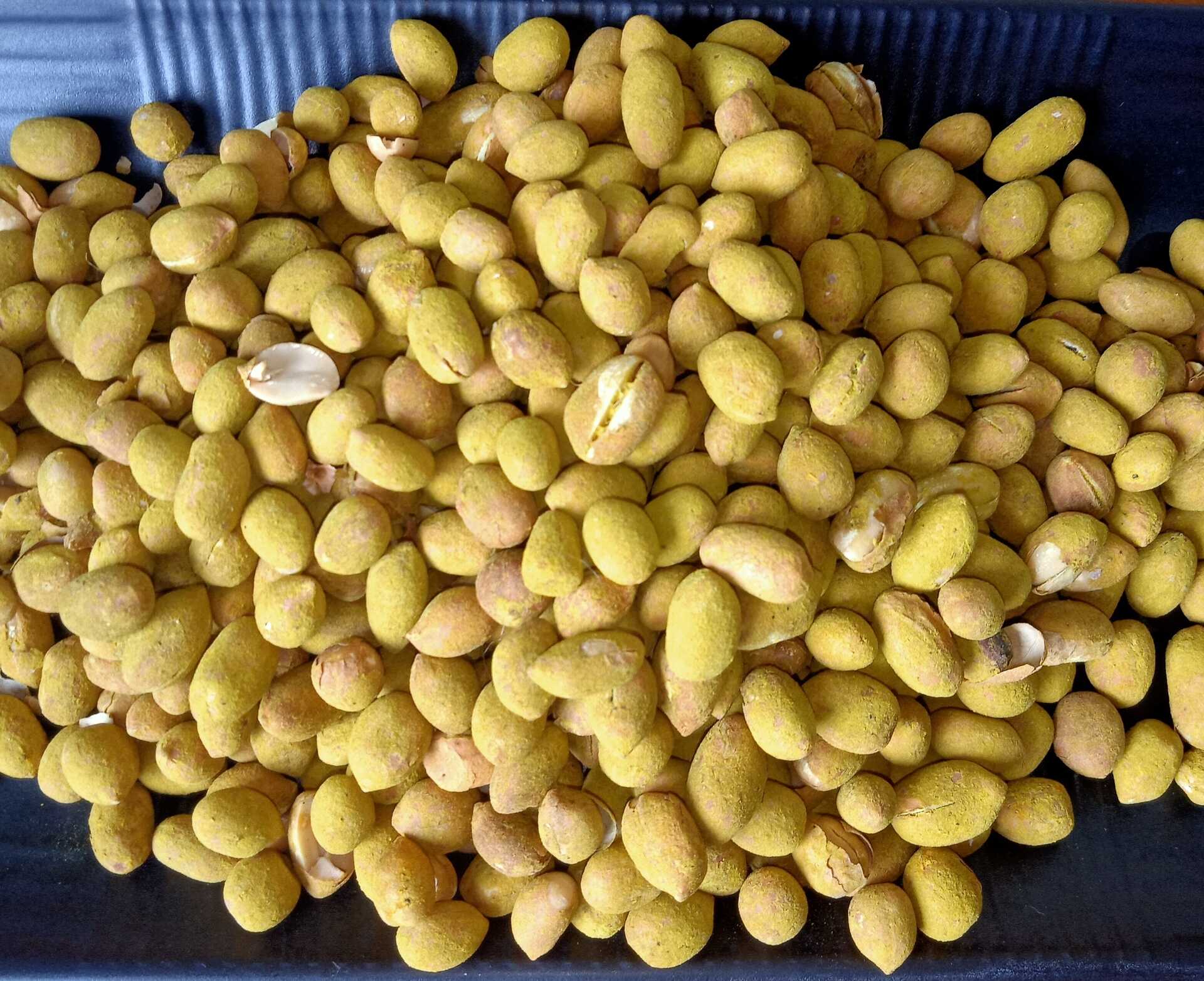

0 thoughts on “How To Store Dandelion Greens”